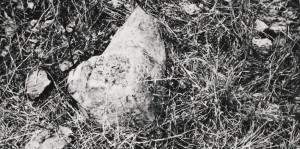
The Dialectics of Damage: Art, Form, Formlessness: A Reply to Jennifer Ashton
Is damaged art still art? There are two ways to approach the question. The first is ontological; it is a question of how much a

Is damaged art still art? There are two ways to approach the question. The first is ontological; it is a question of how much a

Cognitive scientists have found out quite a lot about the psychology of intention. We humans are intentional to our core. Do we come into the

nonsite.org is an online, open access, peer-reviewed quarterly journal of scholarship in the arts and humanities. nonsite.org is affiliated with Emory College of Arts and Sciences.